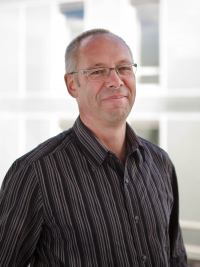Fields of Study in the Conservation and Restoration Degree Programme
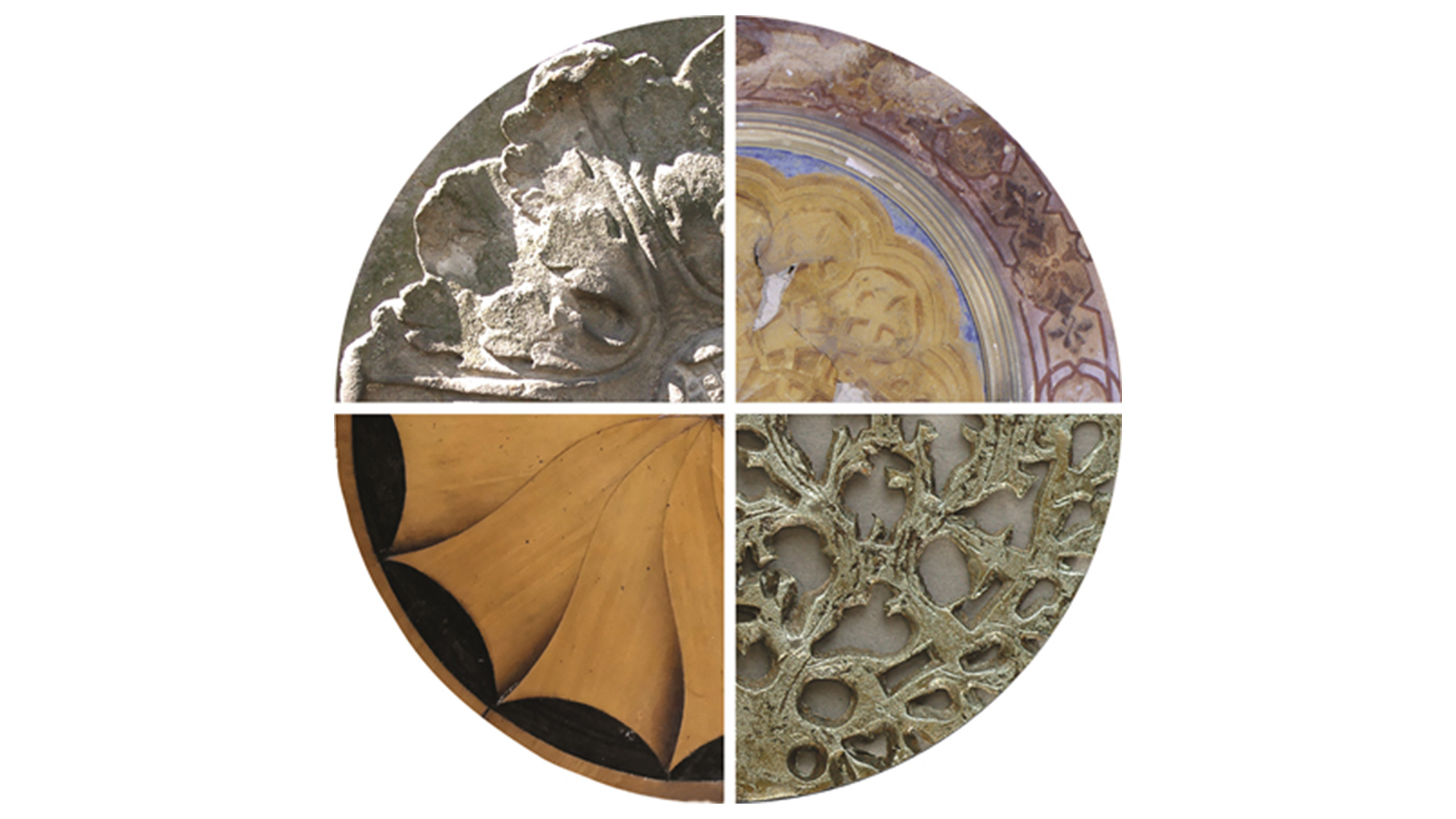
The conservation and restoration degree programme offers four fields of study, which are structured according to material-specific and technological characteristics.
Fields of Study at a Glance
Wood
In the Bachelor's degree programme, small objects, furniture and other wooden furnishings, whose surfaces may be finished with marquetry, stains, coatings and decorative paintings, are generally examined and worked on.
In the Master's programme, the focus is on building-related room elements, such as wood panelling on walls and ceilings, wooden floors, windows, doors, stairs, chairs and wooden constructions in historical buildings.
Stone
The focus is on the classical field of natural stone in the sense of sculpture and building. Other focal points are the regionally significant materials brick and terracotta, but also "artificial stone" such as reinforced concrete sculptures as well as the coloured setting on all these materials.
Mural Painting
In addition to the defined areas of wall and ceiling painting on inorganic substrates, this includes the identification of historical architectural colours in interior and exterior areas. The subjects of mosaics and stucco complement the subject matter.
Metal
An important focus is on bronze monuments, sculptures and building ornaments made of sheet copper, cast zinc and lead, galvanoplastics as well as building parts made of steel, wrought and cast iron and precious metal objects from museum collections. In addition, there are objects from the field of monument conservation.
Interdisciplinary Subjects: Natural Sciences & Design
The subject area of natural sciences in conservation imparts the basic knowledge of natural sciences with regard to conservation and restoration technologies. In addition, it supports and accompanies the subjects from the field of conservation and restoration in the various fields of study.
The focus of the exercises in design theory is on acquiring the possibilities and laws of artistic design. The free handling of the material and the variable procedures of its treatment brings the essentials to light.
Laboratories & Workshops
Show more3D Lab (Model Making)
The 3D Lab provides students with modern technical possibilities for building models in architecture and urban planning. Models, model parts and jigs for model building can be produced directly from digital data.
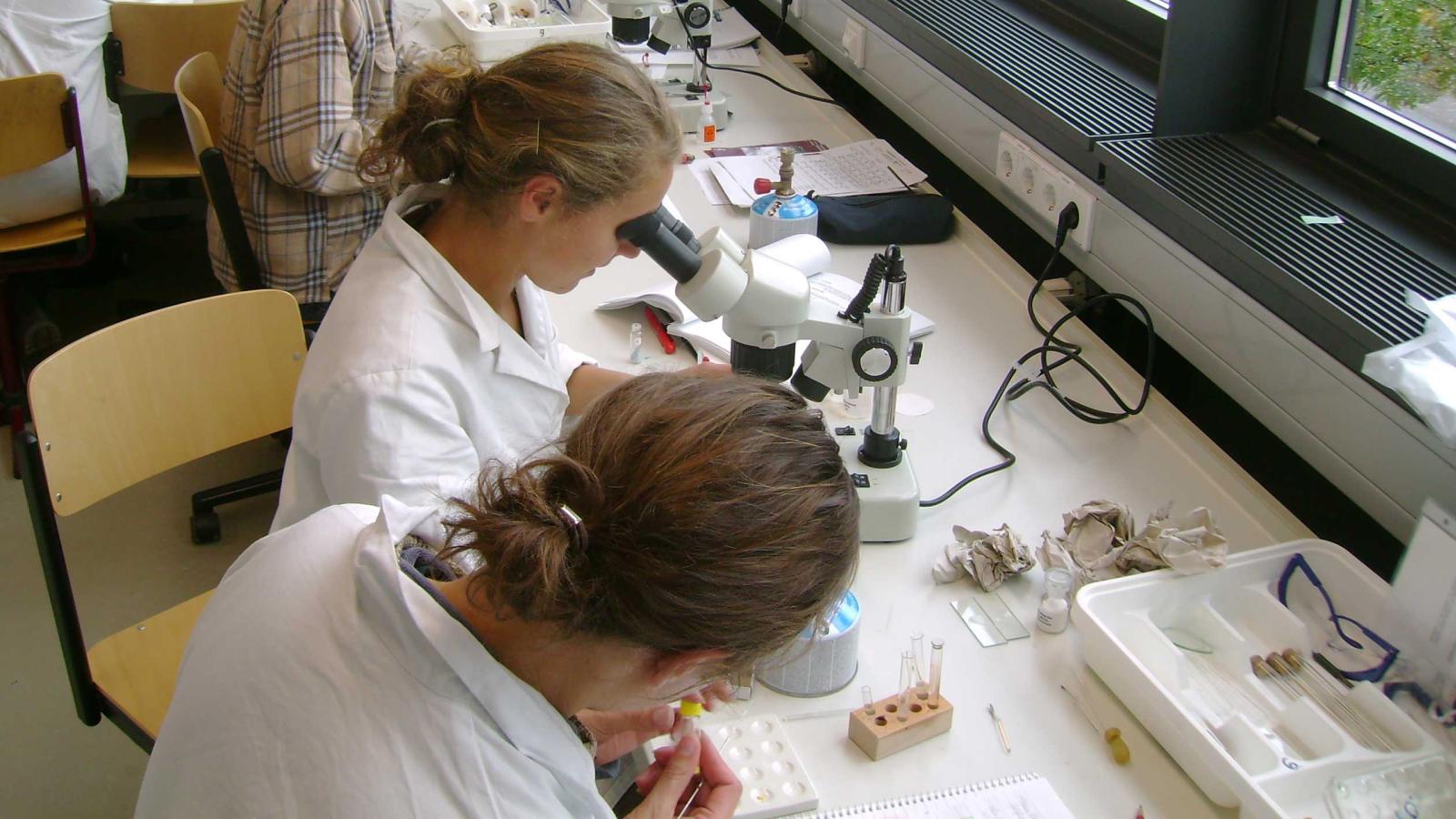
Analytical Laboratory
The analytical laboratory enables material and damage analyses using various methods. The focus is on the objects worked on in the Conservation and Restoration degree programme, including building materials. Interdisciplinary use and commissioned work are possible by arrangement.
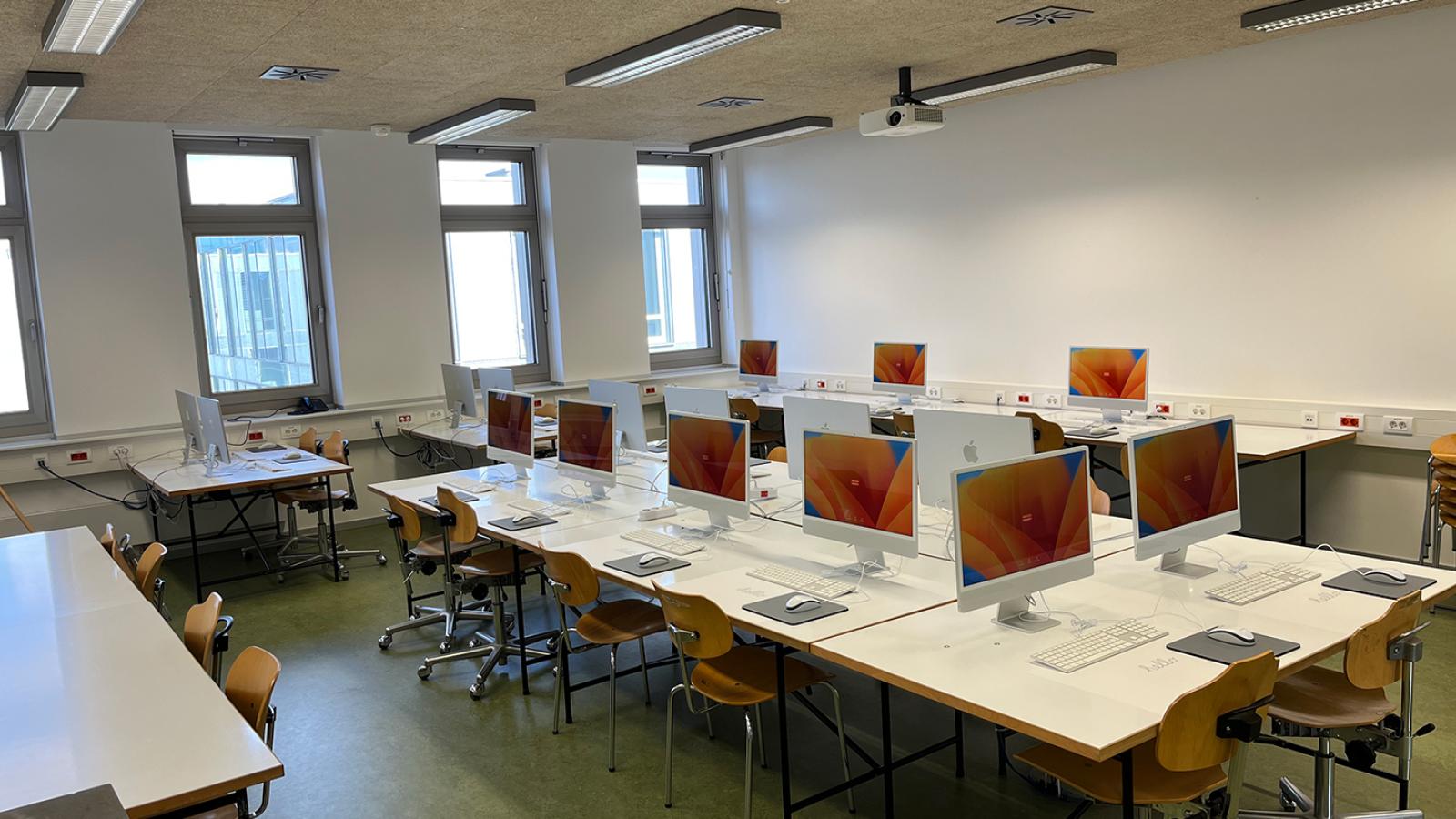
Computer Labs of the CITY | BUILDING | CULTURE Department
In the computer labs of the CITY | BUILDING | CULTURE department, a total of 34 iMAC workstations with the latest software are available to students.
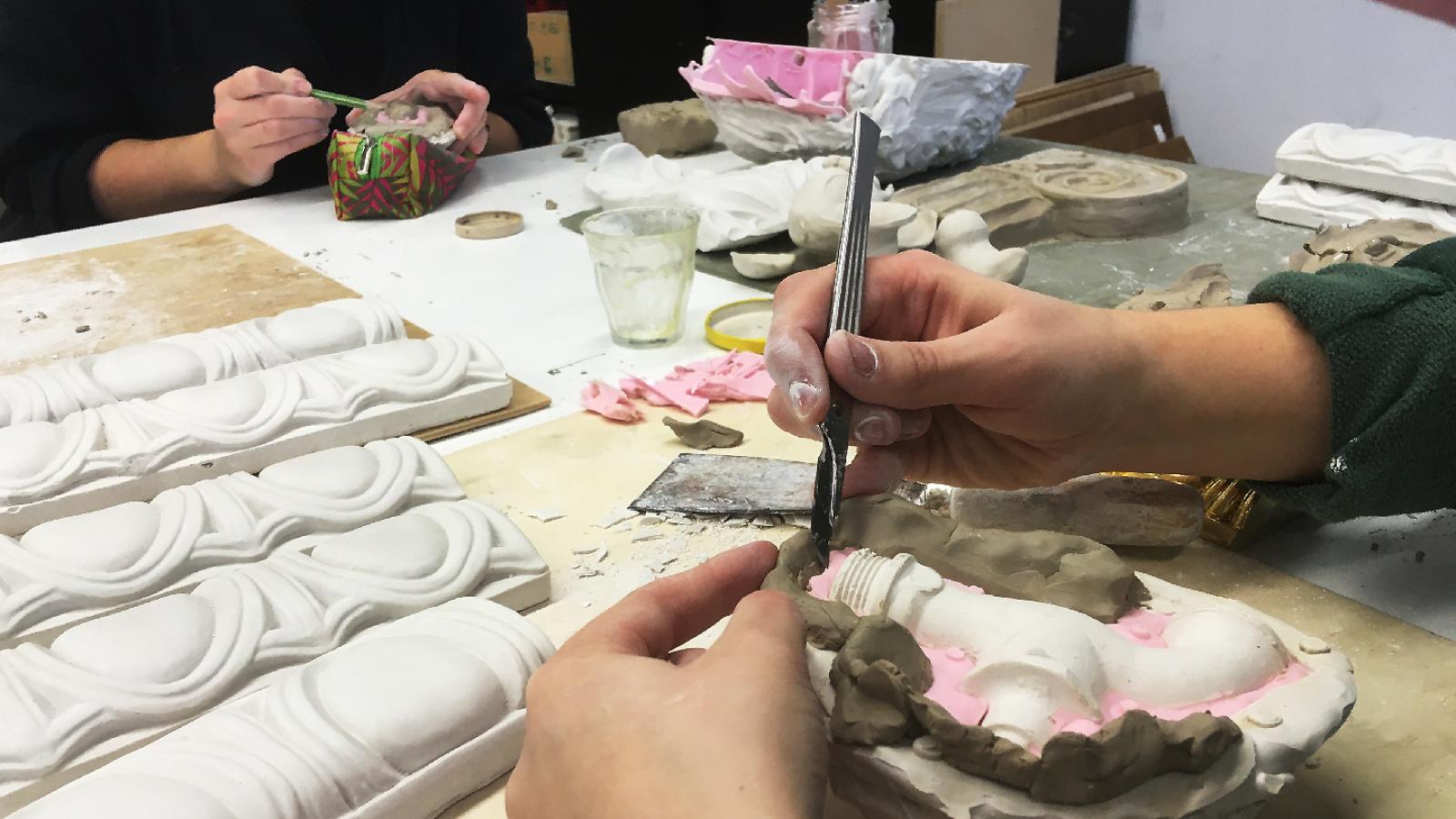
Design Studio Spaces
The rooms of the design studio are the haven of a liberation of the mind and the trial-oriented learning of techniques and materials. They are primarily intended for creative and practice-oriented seminars and are run jointly by the restoration and architecture departments.
Contact
Study Advisory Wood
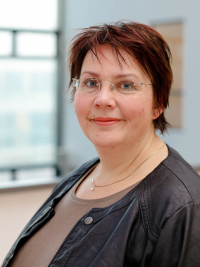
Prof. Dr. Angelika Rauch
Study Advisory Stone
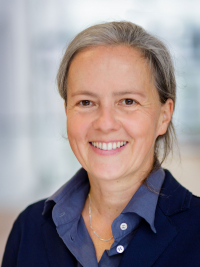
Prof. Dr. Jeannine Meinhardt
Study Advisory Mural Painting
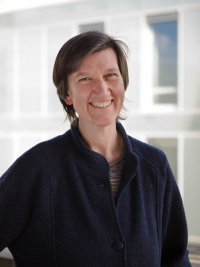
Dipl.-Rest. Tjalda Eschebach
Study Advisory Metal
